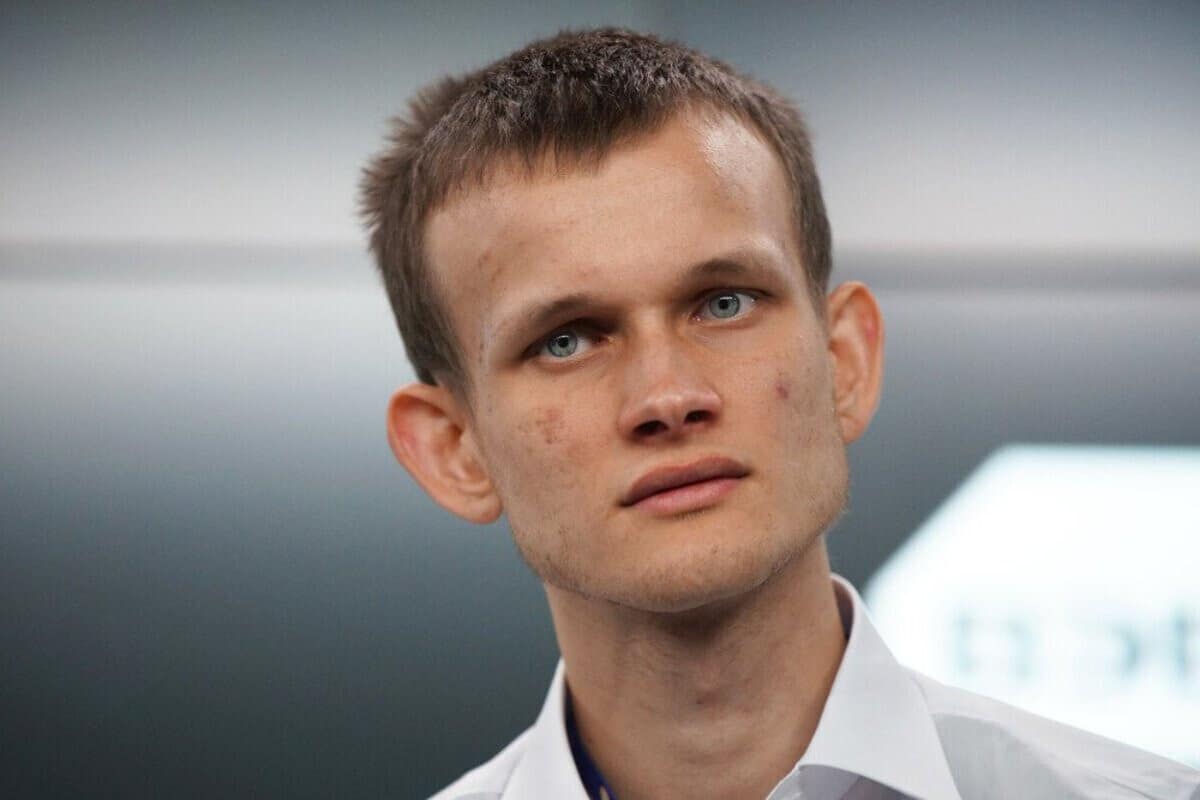Vitalik Buterin Proposes Enshrined ZK-EVM for Enhanced Ethereum Main Chain Efficiency

Vitalik Buterin, Ethereum’s co-founder, has introduced a conceptual architecture called the enshrined Zero-Knowledge Ethereum Virtual Machine (ZK-EVM) to enhance the main chain’s efficiency.
According to Buterin’s latest blog, this proposal of the enshrined ZK-EVM is aimed at integrating advanced cryptographic techniques directly into Ethereum’s main chain. By doing so, it seeks to provide a more secure and efficient verification process for Ethereum transactions. Specifically, it intends to improve and optimize the operation of Layer-2 applications.
A post on benefits and challenges of enshrined ZK-EVMs at layer 1:https://t.co/bRTKdtaFRL
There's different options and the tradeoffs get complex!
— vitalik.eth (@VitalikButerin) December 13, 2023
Enshrined ZK-EVM on Layer-1
The key idea of an enshrined ZK-EVM is to provide a native, in-protocol system for verifying Ethereum blocks using Zero-Knowledge Proofs. This system aims to reduce dependency on external codebases and minimize risks associated with bugs in these external systems.
“This situation is suboptimal, because these projects are replicating a functionality that already exists in the Ethereum protocol,” explained Buterin. The enshrined ZK-EVM would essentially perform similar functions as the current Layer-1 Ethereum blocks but with enhanced security and efficiency. “The most important property, in addition to basic guarantees of correct functionality and security, is speed.”

One of the significant aspects of this proposal is the compatibility with Ethereum’s multi-client philosophy. Buterin emphasized the importance of supporting different clients with varying proving systems.
“Compatibility with Ethereum’s multi-client philosophy…means that we want to avoid enshrining a single proving system, and instead allow different clients to use different proving systems,” said Buterin.
Furthermore, Buterin discusses the importance of ensuring data availability and auditability within this system. He argued that any execution proven by the ZK-EVM must guarantee that the underlying data is accessible for inspection in case of issues. This transparency is crucial for maintaining trust and reliability in the network.
Key Terms and Concepts
To better understand the context of enshrined Zero-Knowledge Ethereum Virtual Machine, it’s essential to clarify some key terms and concepts:
Zero-Knowledge Proofs (ZK-Proofs): These are cryptographic methods that allow one party to prove to another that a statement is true without revealing any information beyond the validity of the statement itself. In the context of blockchain, ZK-Proofs enable the verification of transactions while preserving privacy and reducing the amount of data that needs to be processed and stored.
Ethereum Virtual Machine (EVM): The EVM operates as a decentralized global-scale computer, within which all Ethereum accounts and smart contracts exist and interact. Every transaction or smart contract executed on Ethereum is processed through the EVM, functioning as the central executor of all network activities.
Layer 2 Solutions: These are technologies built on top of a blockchain (known as Layer 1) to improve its scalability and efficiency. Layer 2 solutions, like rollups or state channels, handle transactions off the main chain but still derive security from the underlying Layer 1 blockchain.




